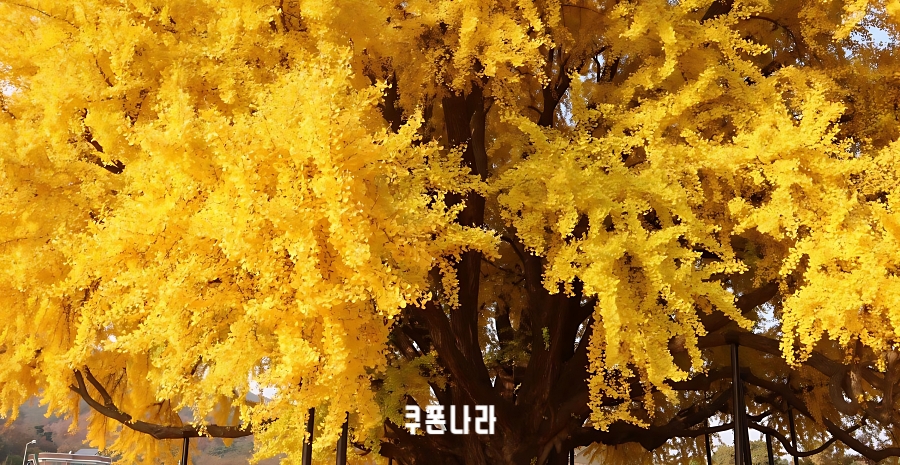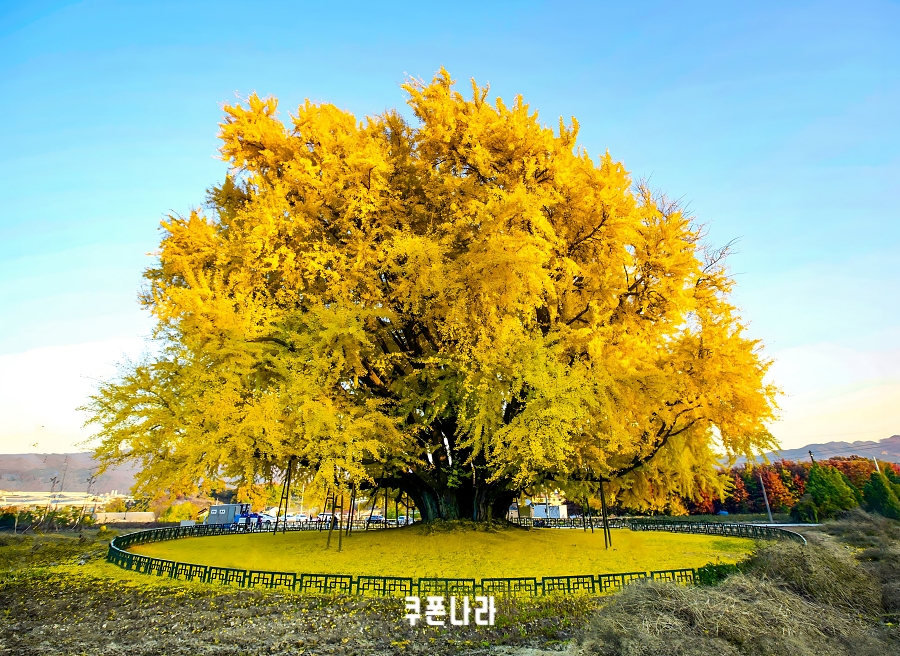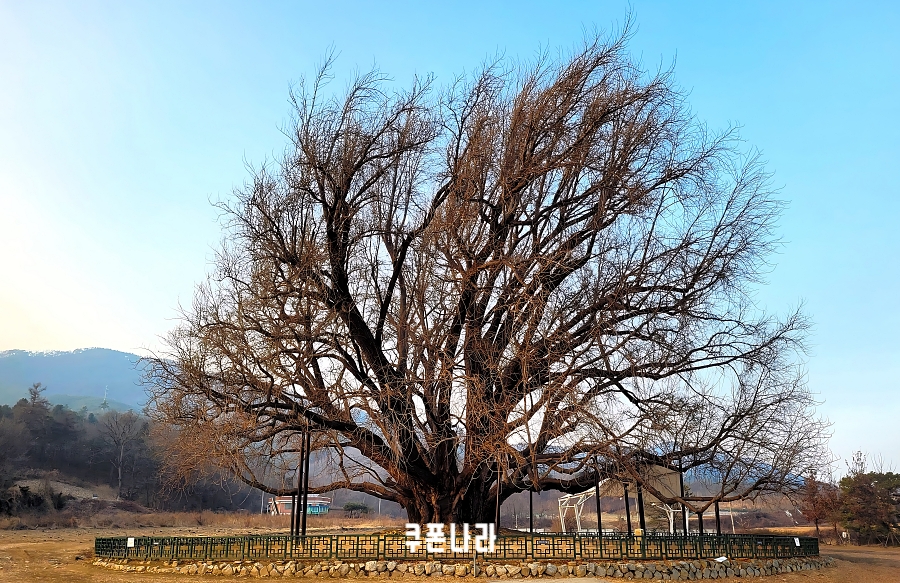
Autumn at Banggye-ri Ginkgo: Foliage Season, Parking Information, Festival, Winter Scenery, and Gourmet Guide
Located in Gyeongsangbuk-do, Pohang-si, Buk-gu, Gigye-myeon, the Banggye-ri Ginkgo tree is a natural monument of South Korea, famous for its size and beauty. Especially in autumn, the place becomes a popular spot as the huge ginkgo tree turns vibrant yellow, attracting many visitors. The Banggye-ri Ginkgo tree is one of the oldest trees in Korea, with great historical value, and it is also a place where you can experience the wonder of nature. Here is a detailed summary of useful information to know before visiting this place.
Banggye-ri Ginkgo Foliage Season
The foliage season of the Banggye-ri Ginkgo tree is from mid-October to early November. Although there are slight variations each year, the yellow foliage typically peaks around late October, making it the best time to visit. The unique golden leaves of the ginkgo are at their most beautiful for a short time, so be careful not to miss the foliage season. If the weather turns colder, the leaves may fall earlier, so it is recommended to check the weather forecast before your visit.
Banggye-ri Ginkgo Parking Information
Since this area is a famous tourist spot, parking facilities are well-equipped, but parking can be challenging during the autumn foliage season due to the large number of visitors. There is a dedicated parking lot near the Banggye-ri Ginkgo tree that can accommodate about 50 vehicles, but it tends to fill up quickly during weekends and peak foliage times, so it is advisable to arrive early. If the parking lot is full, temporary parking spaces may be provided in nearby villages, but it is best to check parking information in advance.
Banggye-ri Ginkgo Festival Information
Although the Banggye-ri Ginkgo tree itself attracts many tourists, there is no specific festival held for it. However, various autumn foliage festivals are held throughout Pohang-si and Gyeongsangbuk-do, which you can enjoy on your way to visit the Banggye-ri Ginkgo tree. For example, in nearby Pohang city, various cultural events and music performances are held every autumn, making it a good idea to enjoy them as well.

Winter at Banggye-ri Ginkgo
After the autumn foliage ends, the Banggye-ri Ginkgo tree stands out for its quiet charm in winter. Even after all the leaves have fallen, the majestic appearance of the ginkgo remains, and on snowy days, the surroundings transform into a winter painting. In winter, there are fewer visitors, allowing you to enjoy the place in relative tranquility. Walking under the tree in the cold winter air offers a meditative atmosphere where you can enjoy your own time.
Recommended Gourmet Spots Around Banggye-ri Ginkgo
If you want to enjoy a delicious meal after visiting the Banggye-ri Ginkgo tree, there are recommended gourmet spots in Pohang city or near Gigye-myeon. This area is particularly famous for Korean cuisine and seafood dishes.
Gigye-myeon Pork Soup Restaurant: This is a famous pork soup restaurant in the area. The warm soup is perfect for the chilly weather of autumn or winter, and it is popular among locals.
Pohang Mulhoe Street: One of the representative dishes that comes to mind when thinking of Pohang is mulhoe (cold raw fish soup). If you go a bit into Pohang city, you will find Mulhoe Street, which has many famous restaurants serving mulhoe made with fresh seafood.
Gigye-myeon Grilled Eel Restaurant: There are many famous grilled eel restaurants near the ginkgo tree. Especially in the Gigye-myeon area, the eels are fresh and reasonably priced, attracting many people looking for grilled eel.
Pohang Jukdo Market: Pohang’s representative seafood market is about a 30-minute drive from the Banggye-ri Ginkgo tree. Here, you can buy fresh seafood and enjoy it on-site, and there are many eateries offering various seafood dishes.

Tips for Visiting Banggye-ri Ginkgo
Photo Spots: The Banggye-ri Ginkgo tree is so large and beautiful that you can take amazing photos from anywhere. The best time for photography is around sunset when the light around the ginkgo tree becomes soft, so be sure not to miss this time.
Recommended Walking Tour: There is a simple walking trail around the Banggye-ri Ginkgo tree where you can enjoy nature at a leisurely pace. Walking while feeling the autumn breeze will help relieve everyday stress.
Timing Your Visit: During the peak foliage season, large crowds gather, so visiting on a weekday morning is the best way to enjoy the ginkgo comfortably. Weekends and holidays can be quite crowded, so be mindful of that.
What to Bring: In autumn, there is a big temperature difference between morning and evening, so it is best to bring a warm jacket. Especially if you plan to spend a long time under the ginkgo tree, make sure to dress warmly.
Nearby Attractions: After visiting the Banggye-ri Ginkgo tree, it is also recommended to explore various tourist spots in Pohang. Nearby attractions include Homigot and Yeongildae Beach, allowing for a full day of enjoyable travel.

The Best Way to Enjoy Banggye-ri Ginkgo and Nearby Attractions
The Banggye-ri Ginkgo tree itself boasts an impressive natural landscape, but enjoying the nearby attractions after visiting the tree makes for a more fulfilling trip. Pohang, in particular, is famous for its beautiful coastal scenery, various attractions, and delicious food along the East Coast, making it a great idea to relax by the sea after seeing the ginkgo.